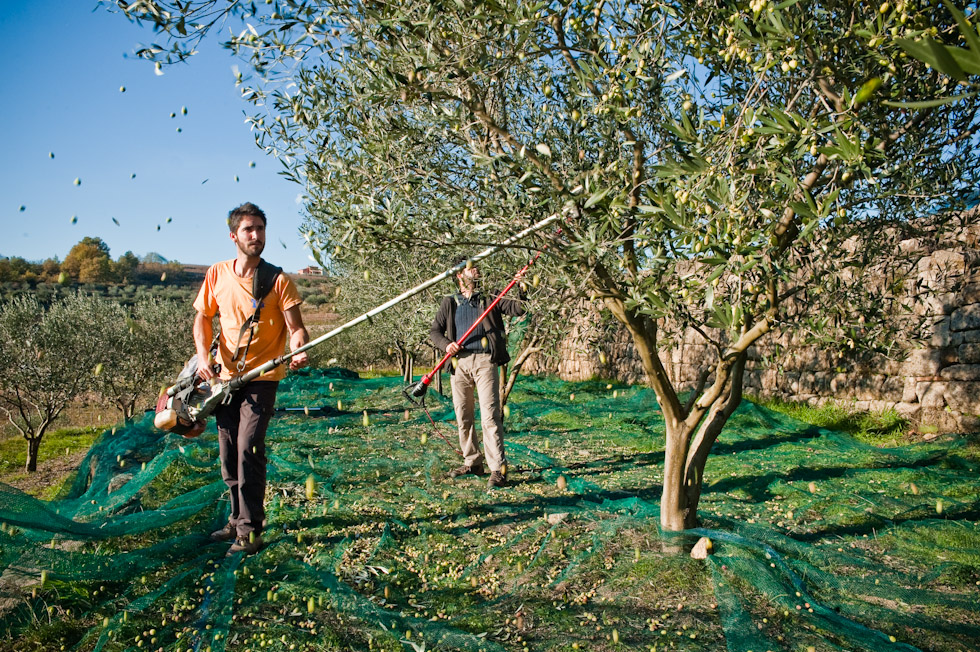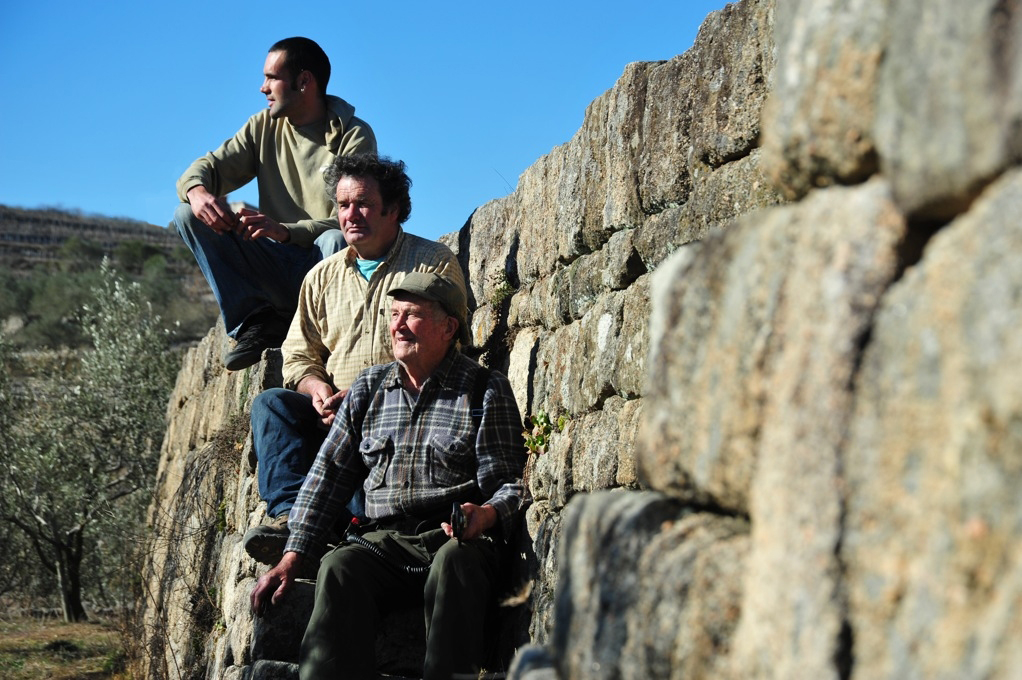Ardèche is an ideal olive-growing area with exceptional diversity and a whole spectrum of colours. High-quality olive oils, some subtly flavoured and others more pronounced.
Olives
A very localised crop
Olive trees are grown on the south-facing slopes in the southernmost past of the Ardeche. With their silvery leaves and a distinctive shape, these trees symbolise the Ardeche Cevennes, and produce high quality olive oil.
The Pigeon loft domain
Exceptional diversity and a whole spectrum of colours
There are 34 varieties of olives in the Ardeche – this exceptional diversity is due to the climate and soil.
Aubenc (the oldest variety), Négrette, Rougette de l’Ardèche, Blanche de Payzac and many more. Not forgetting the excellent Bédécézé (“chick pea beak” in dialect because of its shape), Roussette, Petite Violette, Pointue de l’Ardèche, Dorée, and many more.
The Rougette de l’Ardèche, robust and resistant, is undoubtedly the Ardeche olive culture’s most symbolic variety.
Fruity!

Key figures (Source Ardèche Le Goût)
70,000 olive trees, 470 olive farms, once pressed, 5 to 7 kilos of olives produce 1 litre of olive oil
Olives are traditionally harvested between November and December, and then the olive mills run at full throttle.
Producers rush eagerly to the mill to discover the fruit of their labours as well as those of the mill operator.
Authentic yet modern
Some families have been olive growers from father to son for generations. Here we meet the Vigouroux family at the Domaine du Pigeonnier in Payzac.
The techniques have evolved over time, and machines have replaced the wheels but the human touch is still required. Certain tasks such as pruning, picking and grafting play an important role in the quality of the oil produced.


